Handling Dead Ends in Your Trees, Part Two
Editor’s Note: Thanks to our guest blogger, Karen Meyer, currently serving as an Area Temple and Family History Consultant in the Scottsdale (AZ) Coordinating Council, for this blog post. In Part Two, she outlines other common causes for dead ends in family trees and how to address them. You can read the Part One article here.
Problem #5: Is it possible that my farmer ancestor had more than one occupation?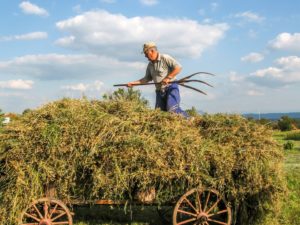
“I show that John Smith, living in Percy, Indiana, was a Farmer in 1900. I saved a census record showing that in 1910 he was a teacher, and then I saved a census record showing that in 1920 he was a doctor. Is that really possible?”
Depending on when the time frame was makes a difference in answering this question. During the industrial revolution, people sometimes came in off the farm and went to work in a factory. In a rural community like Percy, I’d say not. They did usually one job and that was their life’s work. Good that you checked the occupations. Many times these days, a person doesn’t stay with the same firm for 20 years – they jump around and even try new occupations. However, back in the 1800s and early 1900s, when someone was in an occupation, they stayed with the same one for life for the most part. Throughout the 40s-90s, they all wanted the “gold watch” for 20 years of dedication to one company.
Note: Having records attached for duplicate people will cause the database to send you hints for all
three people. Your tree may then become a “magnet” for irrelevant data.
Problem #6: There is no separate surname listed in the tree for a wife. Is it possible that the groom married a cousin with the same surname?
Only 3 times have I found that a bride and groom shared the same last name before the marriage, and the two were unrelated. Here are a few cases where intermarriage may have occurred:
- In the culture for the time of the marriage, it was permissible to marry a first cousin. For example, in a Cherokee family, it was permissible for a female to marry a brother if both mothers shared one husband.
- In 13 states prior to the end of the Civil War of 1865, it was permitted to marry a sibling or cousin.
- We do see men sometimes marrying their brother’s widow, so in that case you would see the same last names. Just document it very carefully in the notes so that someone doesn’t make inadvertent changes. In your notes, you could list her maiden name with the married name in parenthesis, such as ” Susan Smith (Jones) married Edwin Jones.”
Problem #6: Should I add markers in fields to indicate where ends of lines occur?
No, this is against accepted genealogy standards. When a database has listed certain fields in its drop- down menus, it is important to know that you can’t just write anything in the fields. For example, it is inappropriate to add “END OF LINE” or “ENDS” or an asterisk to a field, or personal items such as “MY GGGGfather!!!” or “DNA PROVEN,” etc. The place for these is the notes section in the tree, where you can upload any supporting documentation.
down menus, it is important to know that you can’t just write anything in the fields. For example, it is inappropriate to add “END OF LINE” or “ENDS” or an asterisk to a field, or personal items such as “MY GGGGfather!!!” or “DNA PROVEN,” etc. The place for these is the notes section in the tree, where you can upload any supporting documentation.
Including comments inside of database fields can also interfere with search results. When a query is presented to the database to find something, it is programmed to return accurate data. However, cases like the following will return inaccurate data:
- If the prefix (Mr, Mrs., Miss, Master, Private, Corp., Captain) is used for something other than its intended purpose
- If the suffix (M.D., PhD, Jr,, Junior, Senior, Sr., I, II, III,
IV, V) is used for anything else.
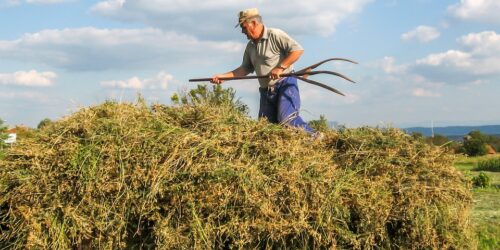
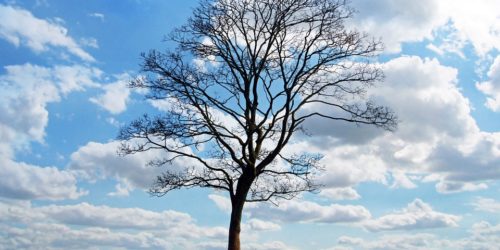
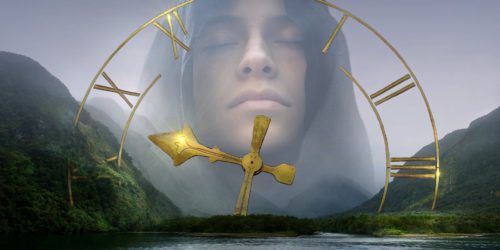

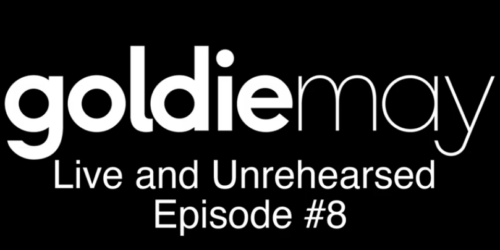

These are excellent suggestions for figuring out how to get around or eliminate a roadblock in our research. I’ve enjoyed both blog posts on this subject. I’ve found one ancestor that was assumed dead because his wife was a “widow” in a census. The man living across county lines (same name and age as her husband) must have been a cousin. Except, he was her former husband. She used “widow” to be more socially acceptable.